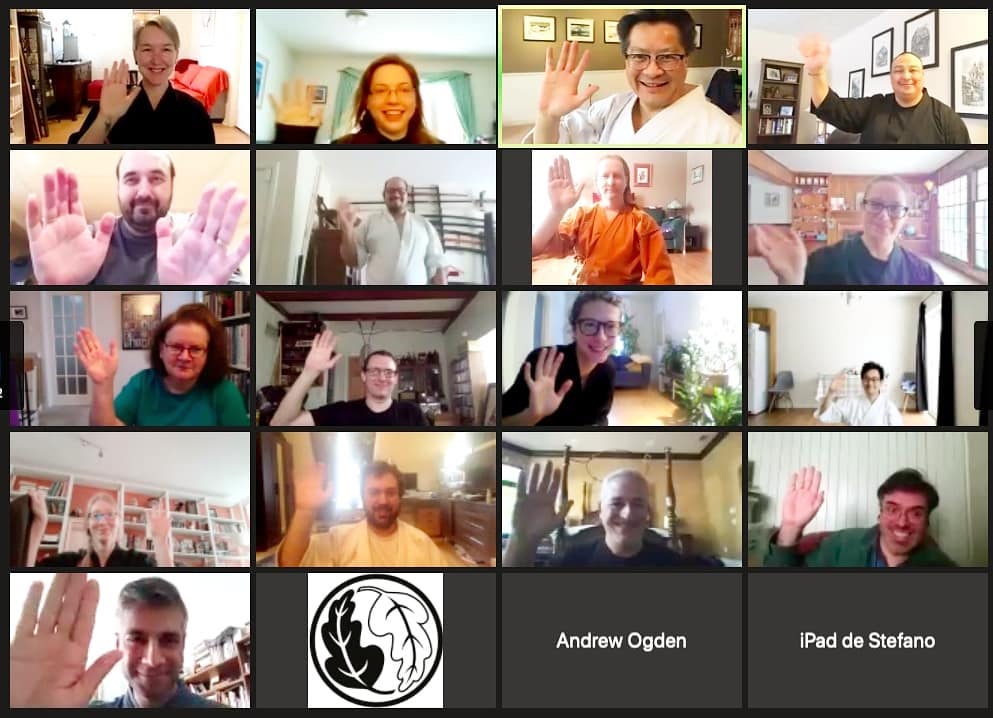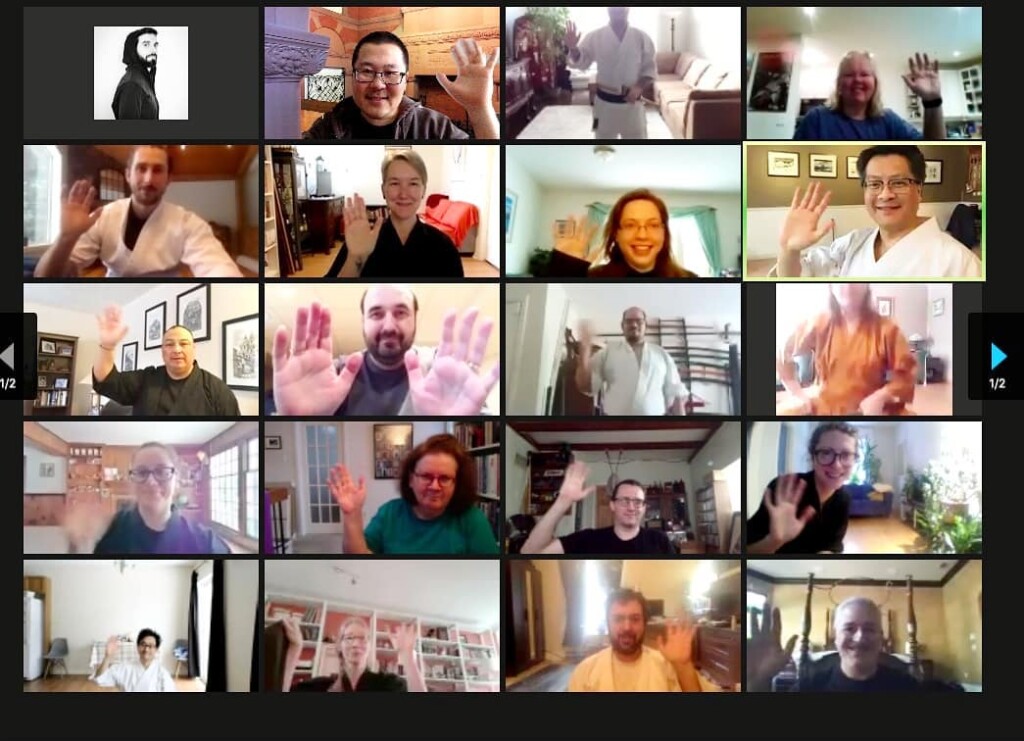
Seminar Report:
Tokumeikan Online Winter Seminar 2021
February 2021
Toronto, Canada
copyright © 2021 Douglas Tong, all rights reserved.
__________________________________________________________
Over the February 27 – 28, 2021 weekend, we hosted our Tokumeikan Online Winter Seminar 2021 for our members. This seminar was open to all our members: members of our local dojos, as well as members of any of our affiliate dojos nationally or internationally. It was a great opportunity to bring together all our fellow members, and enjoy the chance to practice together. We had members from our Canadian study groups in Thunder Bay, Ottawa, Montreal, Toronto, and Orangeville attend. We also had the pleasure of having some new members from Los Angeles, Calgary, Chile, and Tampa participating.
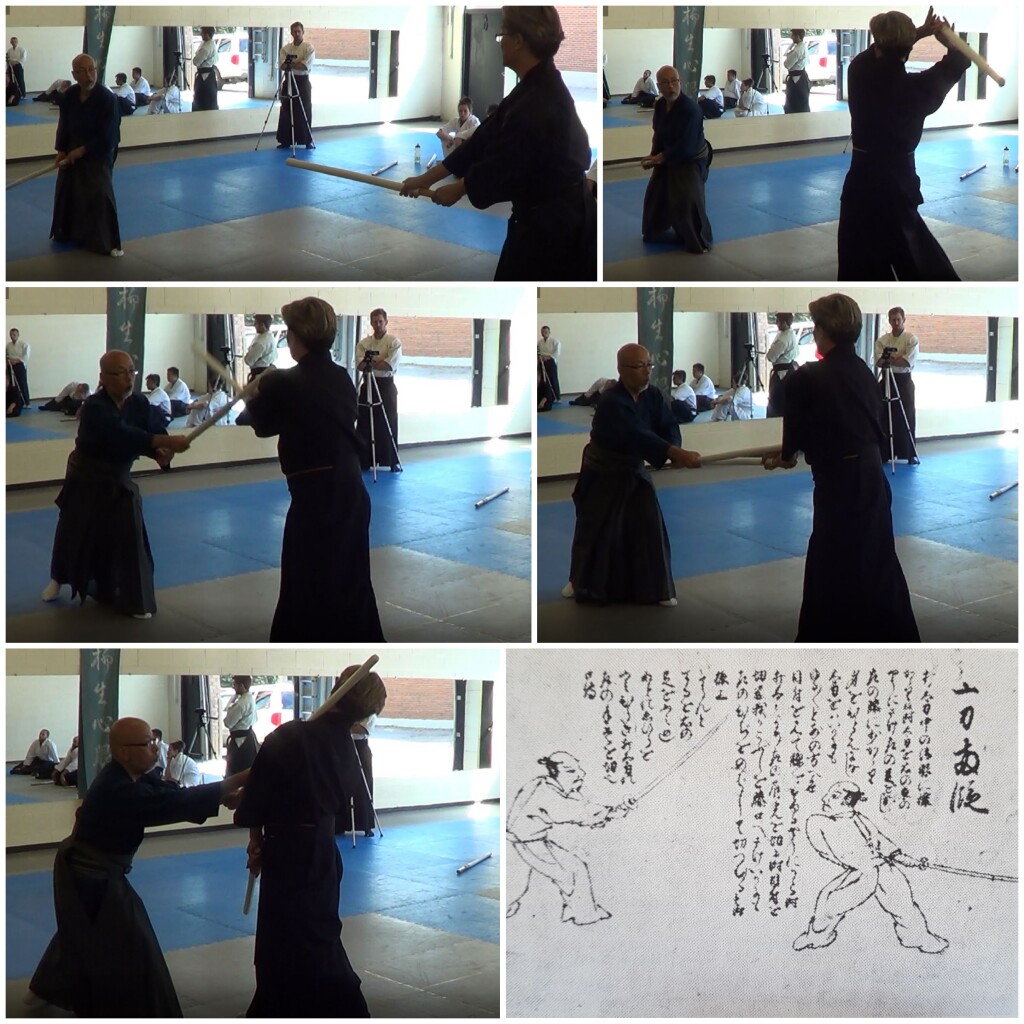
In this seminar, we focused solely on Yagyu Shinkage Ryu kenjutsu. As a special treat, our members were given the rare opportunity to learn about and practice the old armored techniques of Sangakuen no Tachi. Kajitsuka Sensei has told us that this special set is the “江戸遣 (Edo-tsukai), the old style. It’s based on “五巻書: Gokan-no-sho” which was written down by Yagyu Munefuyu”. Tong Sensei was taught this by Kajitsuka Sensei and it is a special glimpse into the origins of the later versions of Sangakuen no Tachi which are commonly practiced now.
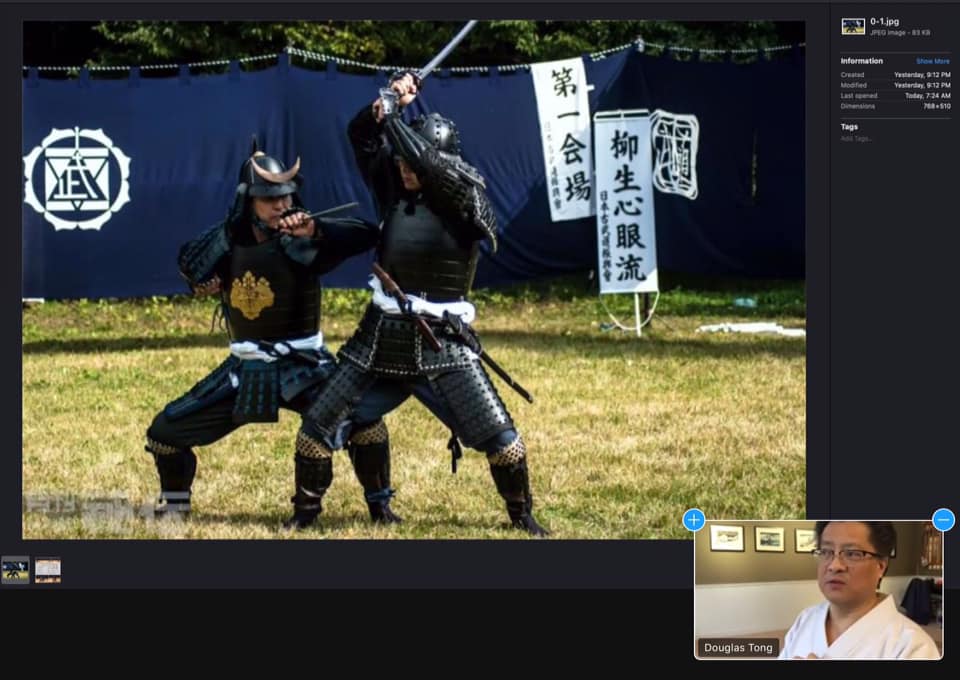
This set is based on the unique considerations of fighting in armor. Targets that were aimed for typically focused on the openings in the armor.
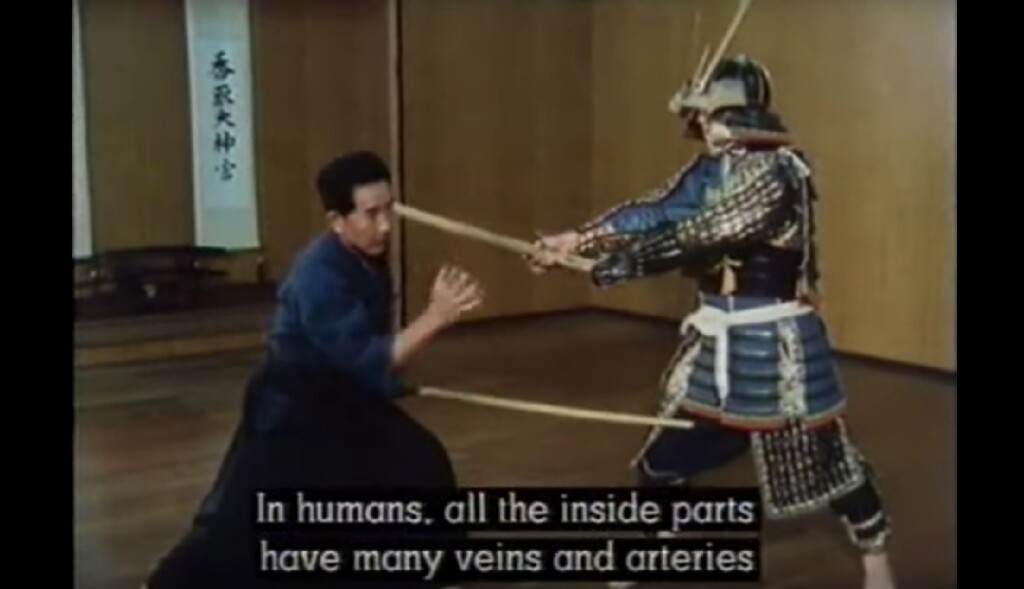
Cuts were more crude but effective, based on power rather than finesse. Stances were lower, emphasizing stability and rooted into the ground so as to be able to push back and stand your ground against advancing enemies. Stances also focused on protection of vital areas of the body.
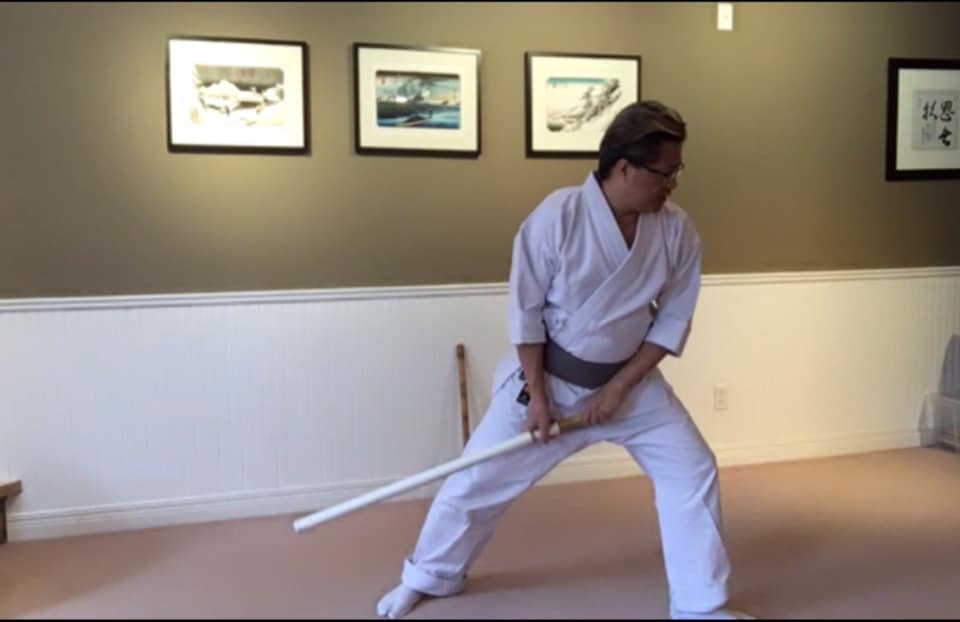
It is no secret that our Founder Kamiizumi Ise-no-Kami Nobutsuna studied Katori Shinto Ryu in his youth, in addition to Kage Ryu. Tenshin Shoden Katori Shinto Ryu is a battlefield art, created around 1450 or so, during the height of the Warring States Period when the country was embroiled in civil war. This was when battlefield fighting was commonplace.
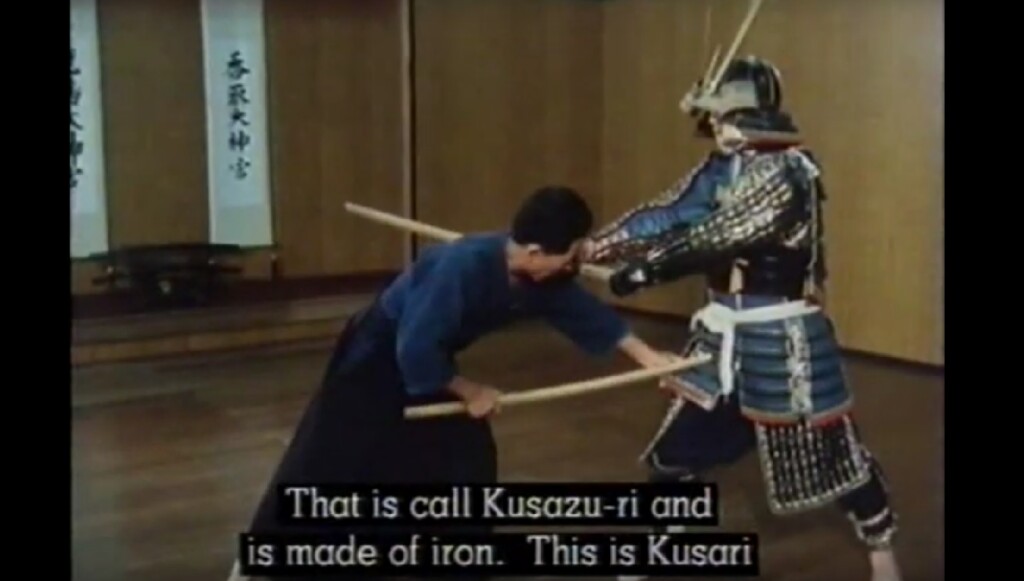
Tong Sensei has had the good fortune to have studied Katori Shinto Ryu for over 30 years, the very same art that the Founder studied in his youth. And so, Tong Sensei could bring to bear a lot of knowledge about battlefield tactics and methodology from his understanding of Katori Shinto Ryu, which would aid in making the conditions and circumstances of the battlefield fighting mentality of this early version of Shinkage Ryu very poignant and much clearer.
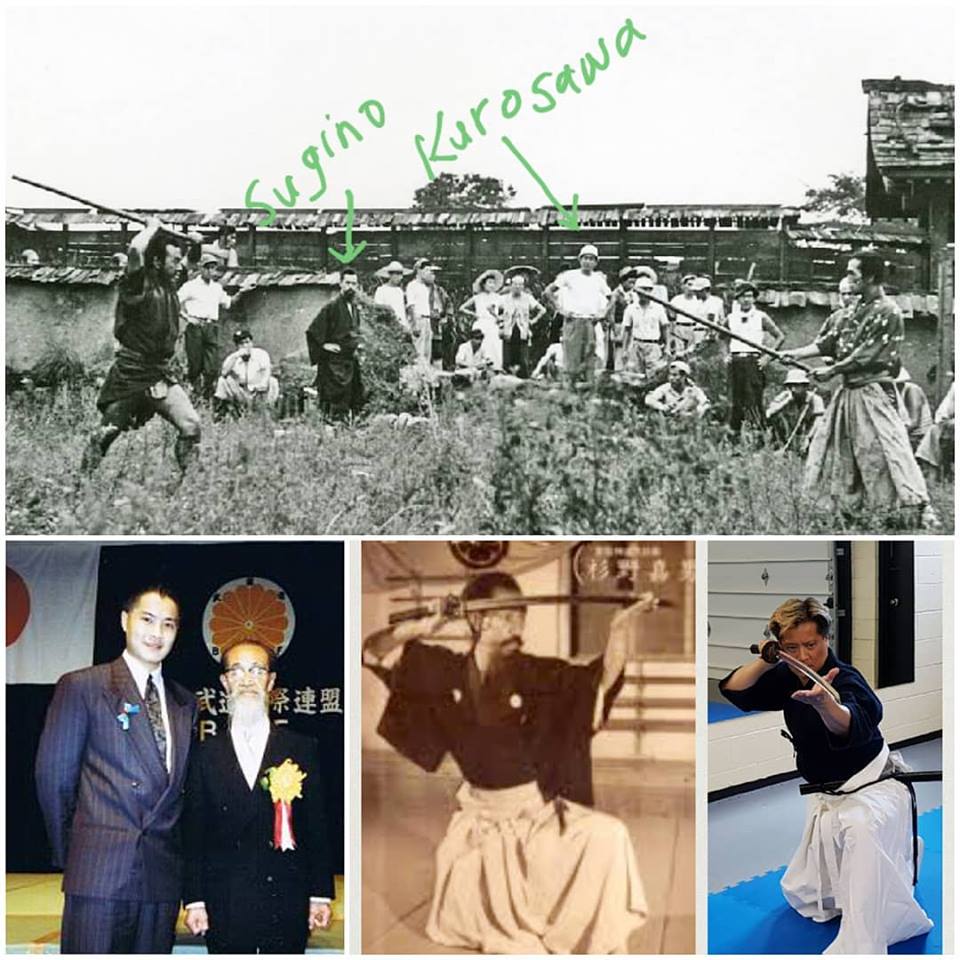
Armor changes everything. It is heavy, uncomfortable, and restricts your ability to do anything with ease. Tong Sensei also had the good chance to experience wearing and fighting in armor during his time studying Katori Shinto Ryu. That experience was invaluable in understanding how armor works, what its strengths are and what its deficiencies are. Practicing kata in the middle of a hot Japanese summer in hundred degree weather wearing undershirt, kimono, and heavy armor in blazing heat is no treat.
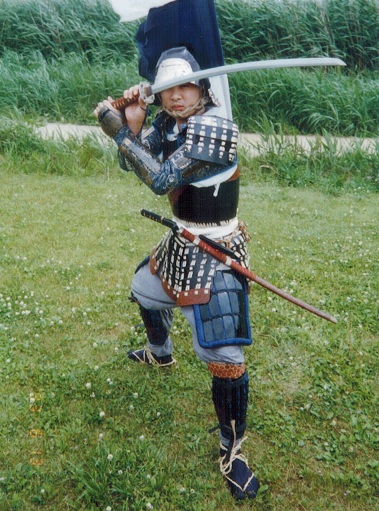
In a recent article by Grigoris Miliaresis where he examined the armored aspect of the fighting techniques of Yagyu Shingan Ryu, he remarked that “’Cool’ is one thing, functionality is another.” He found that the armor is heavy, about 40 pounds. He found also that lowering the hips was something that proved essential to moving in armor. He remarked that armor is “an extremely uncomfortable piece of equipment! Range of motion gets extremely restricted and dozens of movements you have managed to perfect through years of martial arts’ practice become obsolete just like that; what’s worse, this is something you realize as soon as you attempt to make even the slightest movement because various parts of your body seem to be stuck or knocking on any number of points, protrusions and hard surfaces.”
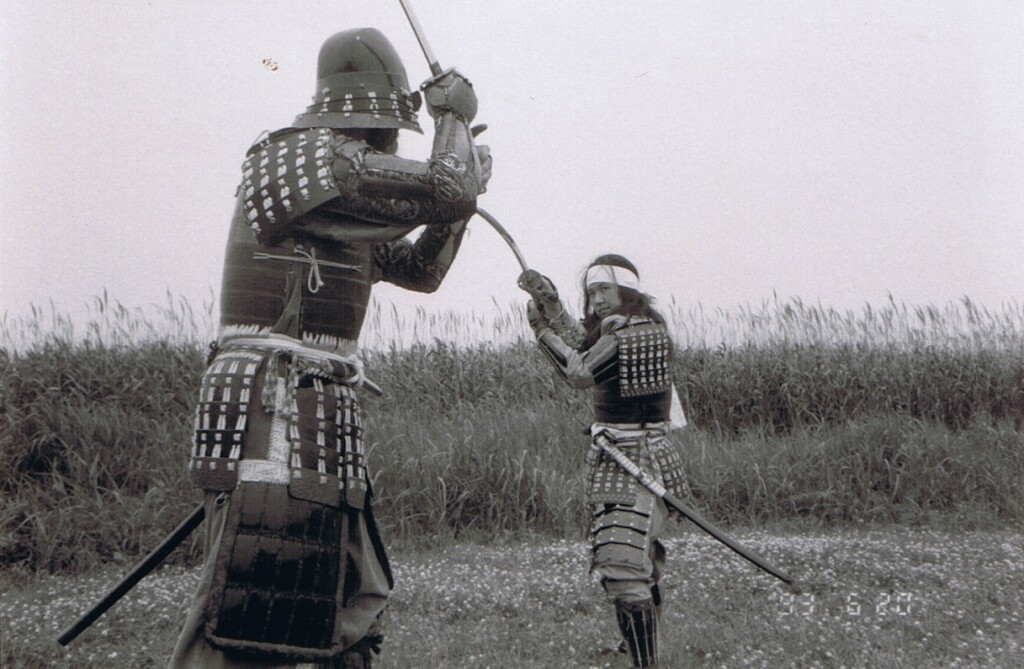
While it may look glorious, it is actually difficult to do anything. He said that movement in armor is rather ‘robotic’. Actually, this is true. Movement in armor is not seamless or smooth. Basically, you are wearing metal plates all over your body. So parts of your body cannot bend or twist or move freely, like was mentioned in the quote above. You feel like a tin man. And movement is clunky, as the plates are clapping off one another.
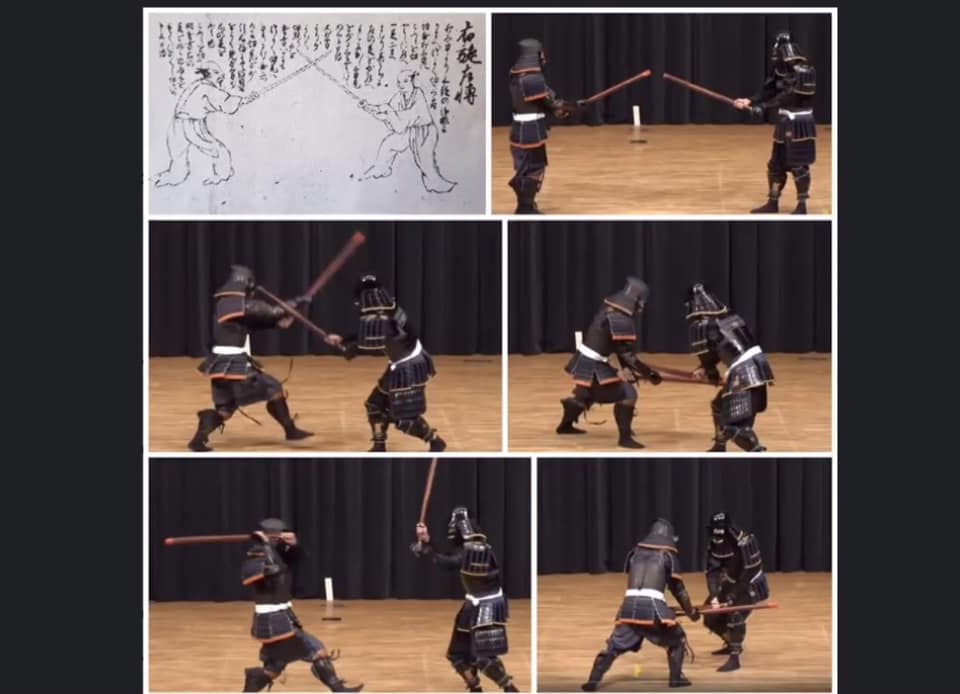
You are also much slower. Quick movements like in kendo are impossible when encased in armor. The feeling is pretty much encapsulated in the word “lumbering”. That is how you feel: slow, unbalanced, and heavy. You are also wearing a helmet so this is also a factor as it slides a bit on your head, the chin strap is bothersome, it is hot, and your hearing is a little affected. It is almost like being an ice hockey goalkeeper. If you have ever played as a hockey goalie, you will understand. You cannot move, you are slow, feel very heavy, and can only move in certain ways.
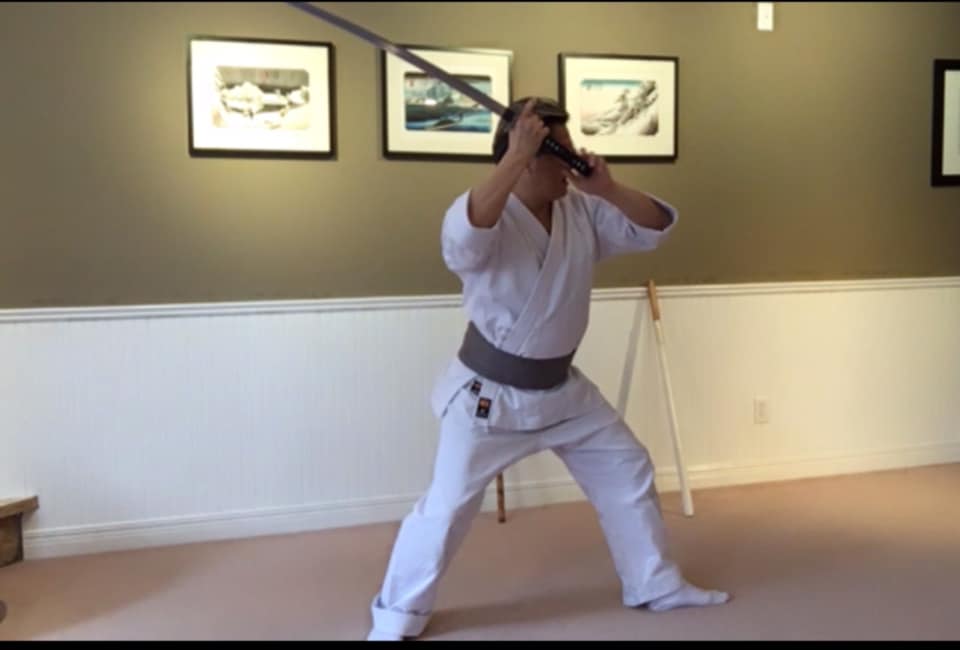
And about cutting, he said that “the truth is that when in armor, the sword’s cutting abilities become extremely restricted because the places where you can actually cut are very few and the opponent can easily neutralize your attack with a slight movement that will put some armored part of his body in your sword’s trajectory. In katchu budo, blades of any length become for the most part stabbing weapons.” This is true. Also, you can only lift your arms so high due to the encumbrance of the shoulder boards and the helmet guard that hangs down. Due to the extra weight, you also tire easily so lifting the sword into a high jodan position is not possible. In addition, if you have some kind of elaborate headpiece on the top of your helmet like horns and the like, yes the high jodan position that they do in kendo is not possible.
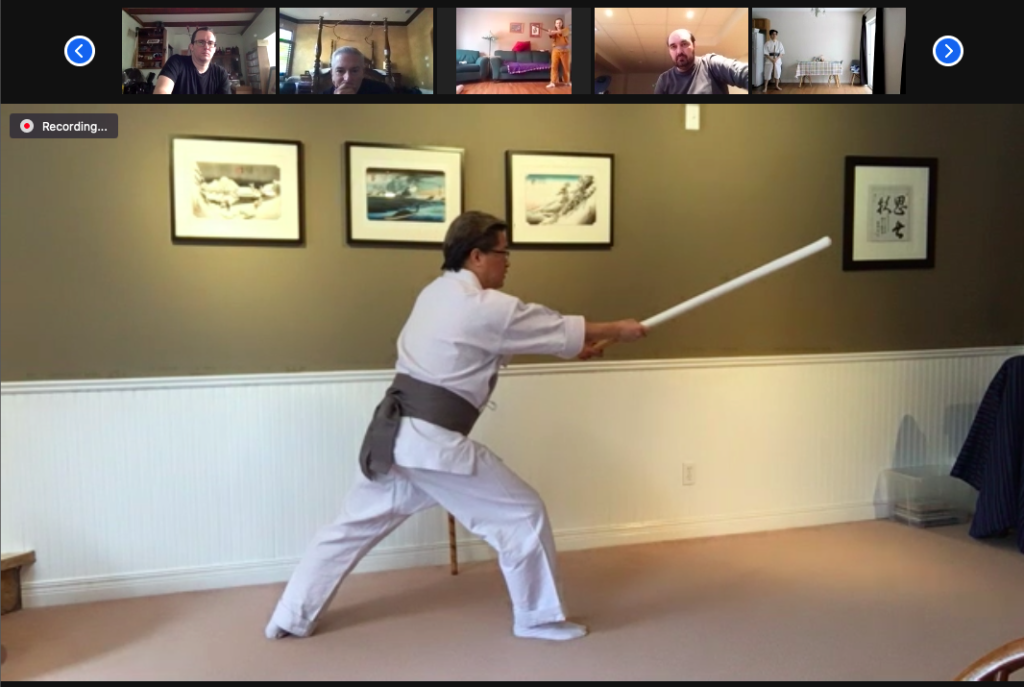
Kajitsuka Sensei had previously told Tong Sensei this point exactly; namely that stabbing was the more common tactic in using the sword in the armored era. Hence, we see that in the killing blow at the end of the katas in this original, ancient version; what they call “kaisha kenpo” (armored fighting). This slicing motion would eventually evolve into the more modern version of an arcing cut called “Ni-no-Giri”, the Second Cut, once the armor was taken off.
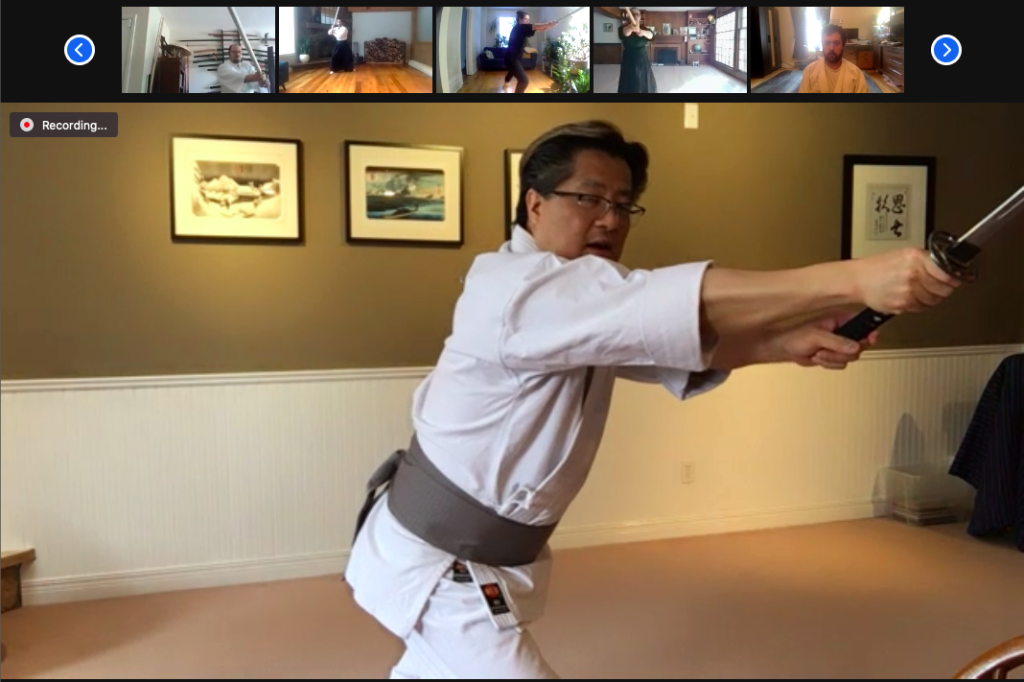
All in all, it was a great opportunity for our practitioners to experience and practice these ancient techniques from long ago, the original version of these famous kata born from the conditions of fighting on the battlefields of Japan’s Middle Ages. The armor really does dictate what you can do and how you do it.
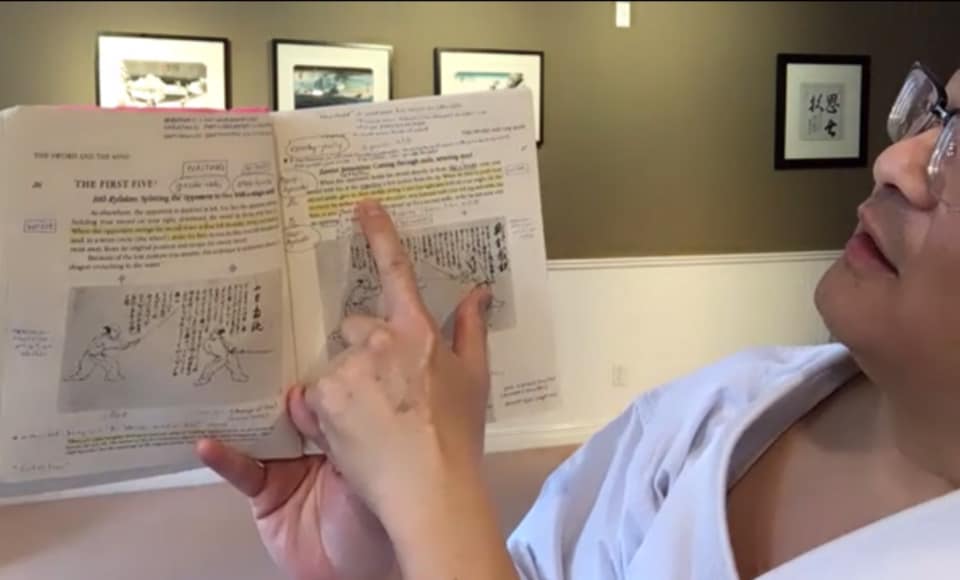
To read the article about fighting in armor, go here:
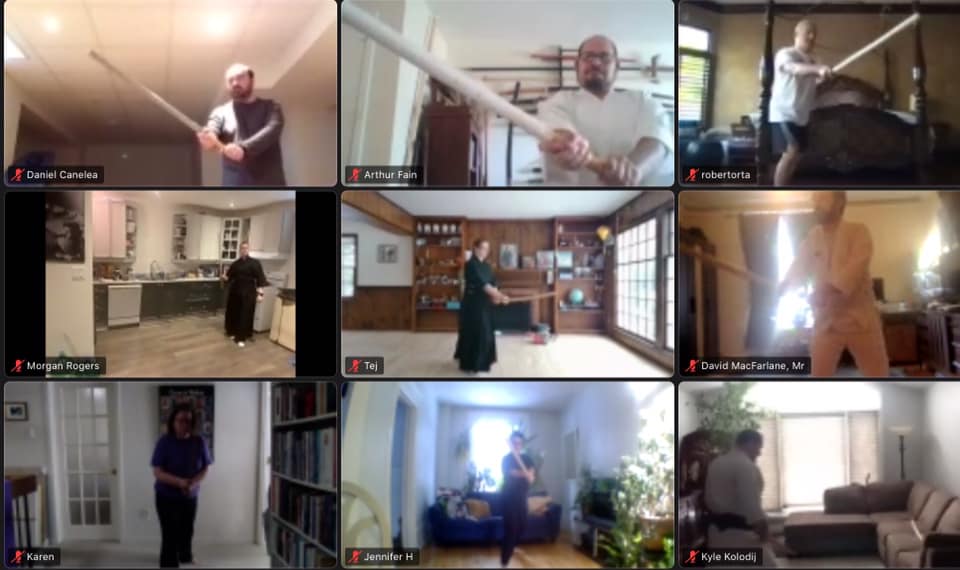
On both days, Tong Sensei also spent some time covering some issues in the second set of katas in the Shinkage Ryu curriculum, the set named Kuka-no-Tachi. This set is very complex and involves a lot of sophisticated body movements. Many students and practitioners have difficulty with this set or techniques, not so much with regard to the sword techniques but more with the difficult issues around movement of the limbs and torso.
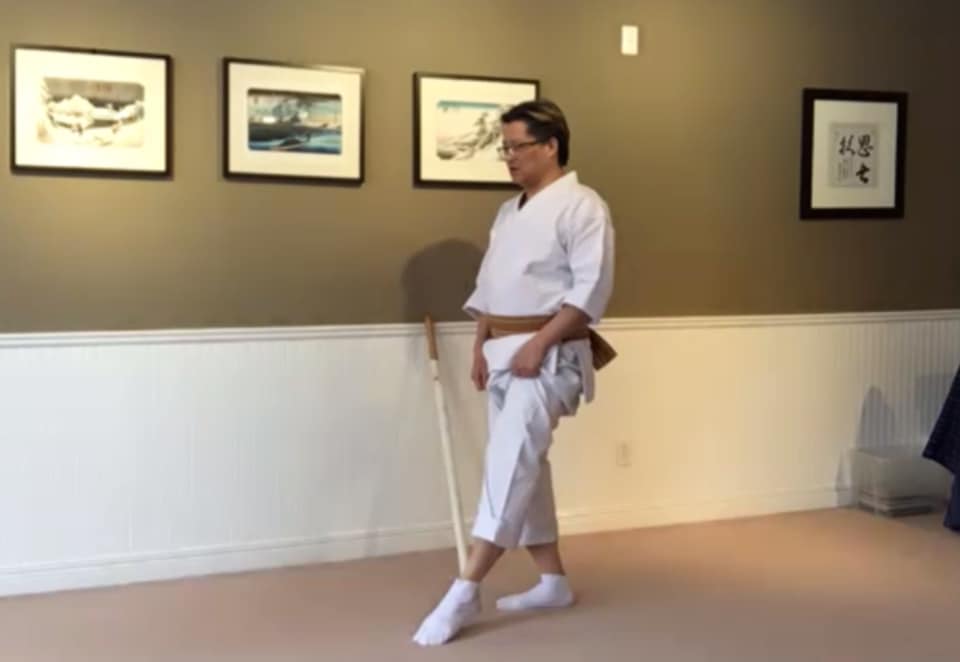
Tong Sensei devoted time to trying to iron out some common stumbling blocks for people, issues like weight distribution, body lean, the stealing foot (called ‘nusumi ashi’), moving the body forwards and backwards smoothly and with complete control, dodging and evading, balance, and others. There were a lot of repetitions done and the practitioners were sore. But it was a good chance to work on these factors that affect the proper execution of the techniques.
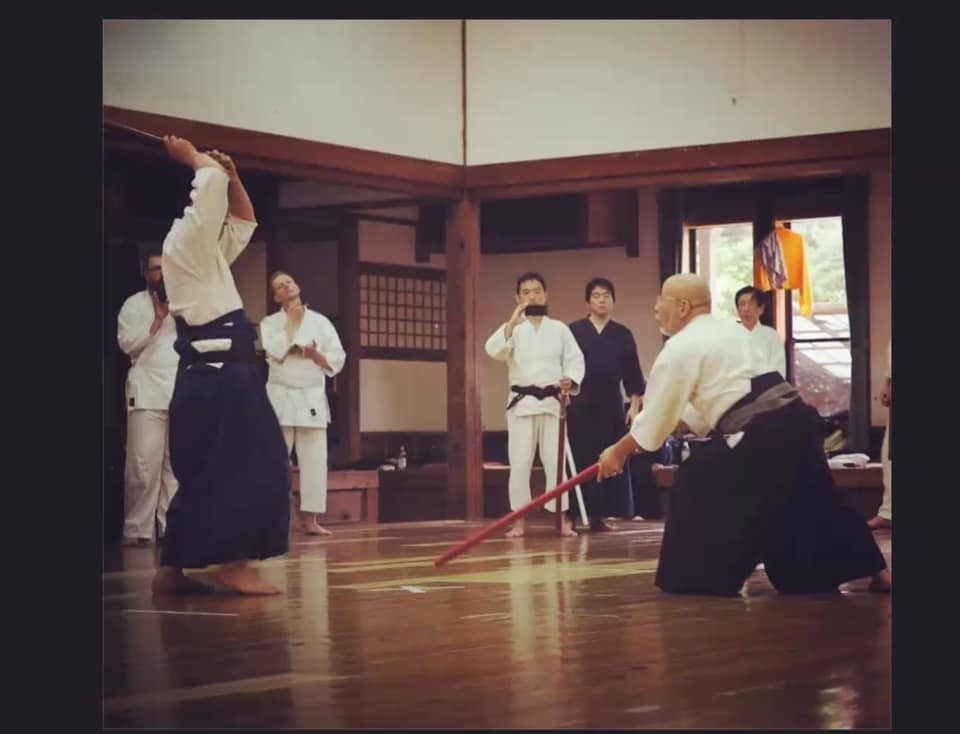
All in all, the seminar was a success. It was also unique and a first in that the students got the opportunity to really see the evolution of the style from its battlefield origins to its more elegant and sophisticated version which was created in the Edo Period. Our attendees saw how the original version fit the conditions for which it was created, to fight in the open field, encased in armor, on uneven and rough terrain, in situations where your sword might not cut at all due to damage and wear.
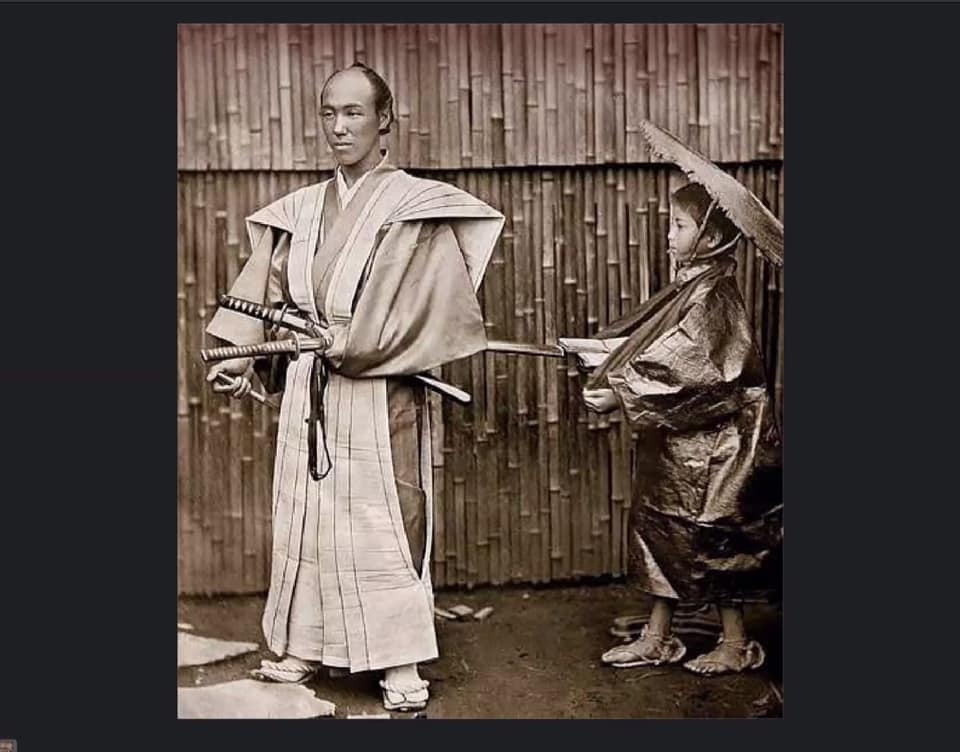
And they saw how it all changed once the fighting moved into the towns and cities, into urban situations like an alleyway, a veranda, bridge, teahouse, hallway, and other urban locales. Samurai were not wearing armor anymore. This was then a completely different set of fighting conditions and environment. The Yagyu style had to evolve to fit these new conditions.
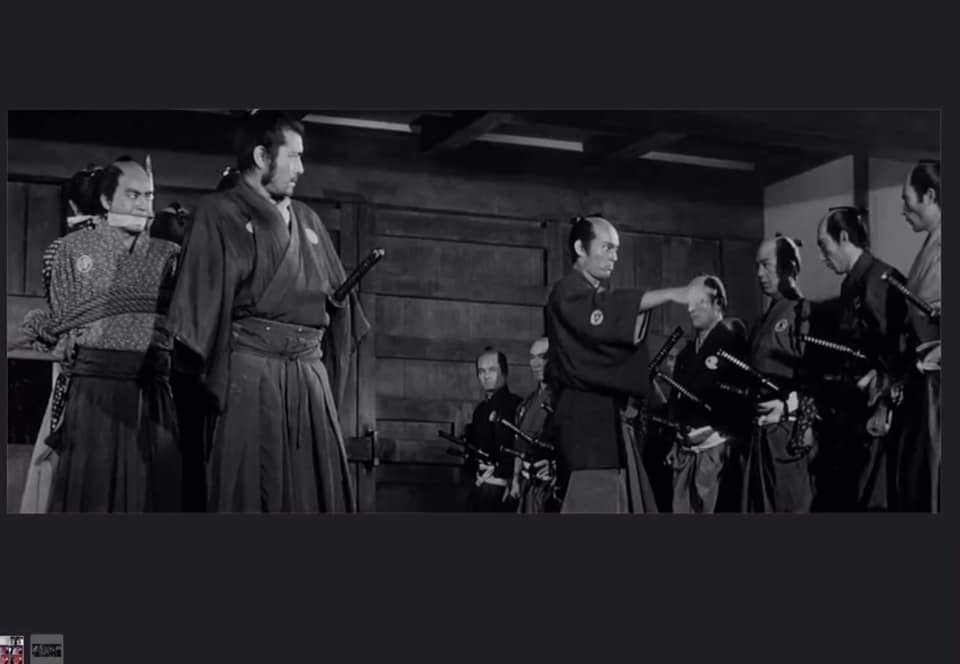
It was interesting to see how a style that bridged two eras made the transition and how its techniques and philosophical emphases adapted to fit the changing reality.
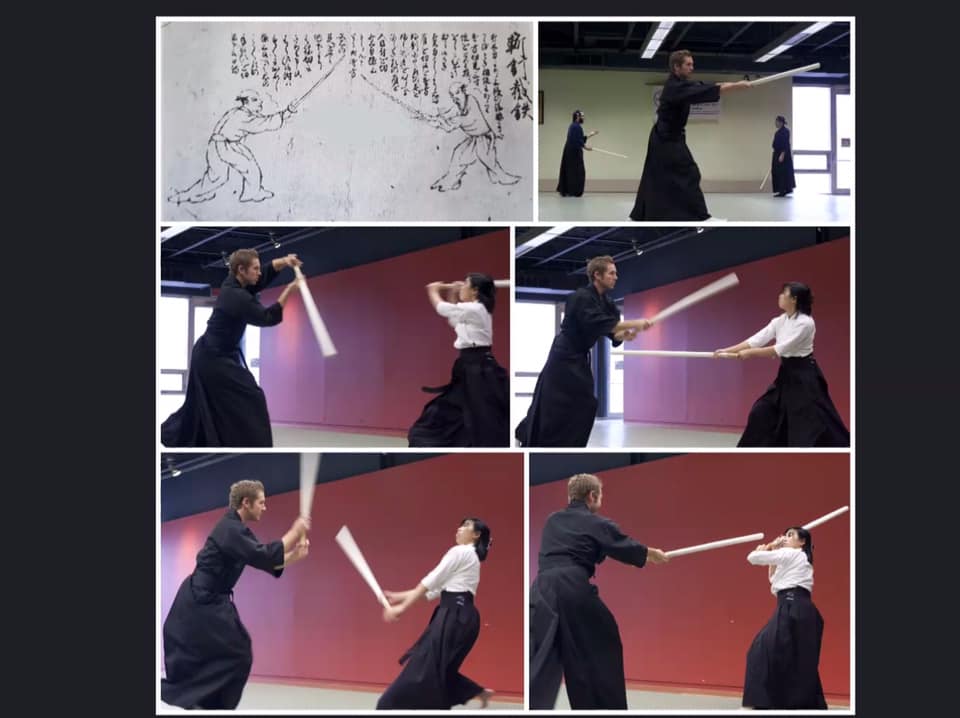
That is what makes the study of Shinkage Ryu so fascinating. It is our hope that this will have inspired at least some of our participants to desire to deepen their study of this absorbing art.
